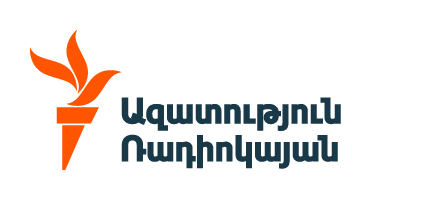"We urge both sides to take immediate concrete steps to reduce tensions and avoid further escalation. We also call on the sides to engage directly and constructively to resolve all outstanding issues, including border demarcation," Blinken said.
“As noted in the Minsk Group Co-Chairs’ statement on November 15, the recent increase in tension between Armenia and Azerbaijan underscores the need for a negotiated, comprehensive, and sustainable settlement of all remaining issues related to or resulting from the Nagorno-Karabakh conflict,” the top U.S. diplomat added.
Military clashes that erupted between Armenia and Azerbaijan along their border on Tuesday afternoon were halted later that day through Russia’s mediation.
Both sides had accused each other of committing aggression. Turkey reportedly expressed support for its regional ally, Azerbaijan, while Armenia appealed to Russia for assistance in defending its territory.
The ceasefire was announced shortly after the Kremlin said in a statement, without elaborating, that Russian President Vladimir Putin and Armenian Prime Minister Nikol Pashinian discussed the situation during a phone call earlier on November 16.
Russian Defense Minister Sergey Shoygu also held phone calls with both his Armenian and Azerbaijani counterparts and called on them to stop activity that provokes escalation, Russian news agencies reported, citing the Russian ministry.
Yerevan admitted that two Armenian “combat positions” had been lost and an unspecified number of soldiers killed and wounded as a result of the Tuesday clashes. Armenia also claimed that Azerbaijani forces lost a “significant number of armored vehicles and troops.”
According to Armenia’s Defense Ministry, 12 Armenian soldiers were taken captive by Azerbaijani forces. Their situation remained unknown after the announced ceasefire.
The chairman of Armenia’s parliamentary foreign-affairs committee, Eduard Aghajanian, told RFE/RL’s Armenian Service earlier that according to preliminary estimates, 15 Armenian soldiers may have been killed during the fighting.
Azerbaijan said two of its soldiers were injured when Armenian military units used mortars and artillery against an Azerbaijani position in Kalbacar and Lachin districts bordering Armenia.
The renewed deadly clashes along the border started about a year after a ceasefire stopped an intense Armenian-Azerbaijani war over the Nagorno-Karabakh region in which about 7,000 people were killed.
Last year’s hostilities were halted due to a Moscow-brokered ceasefire agreement that reaffirmed Azerbaijan’s territorial gains and brought about 2,000 Russian peacekeepers to the part of the Nagorno-Karabakh region remaining under the control of local ethnic Armenian forces.
On November 16, the European Union also urged Armenia and Azerbaijan to show restraint.
Calling for “urgent de-escalation and full cease-fire,” European Council President Charles Michel described the situation in the region as “challenging.”
“The EU is committed to work with partners to overcome tensions for a prosperous and stable South Caucasus,” Michel wrote on Twitter.
Michel also said that he had discussions with both Pashinian and Azerbaijani President Ilham Aliyev “in light of today’s developments.”




